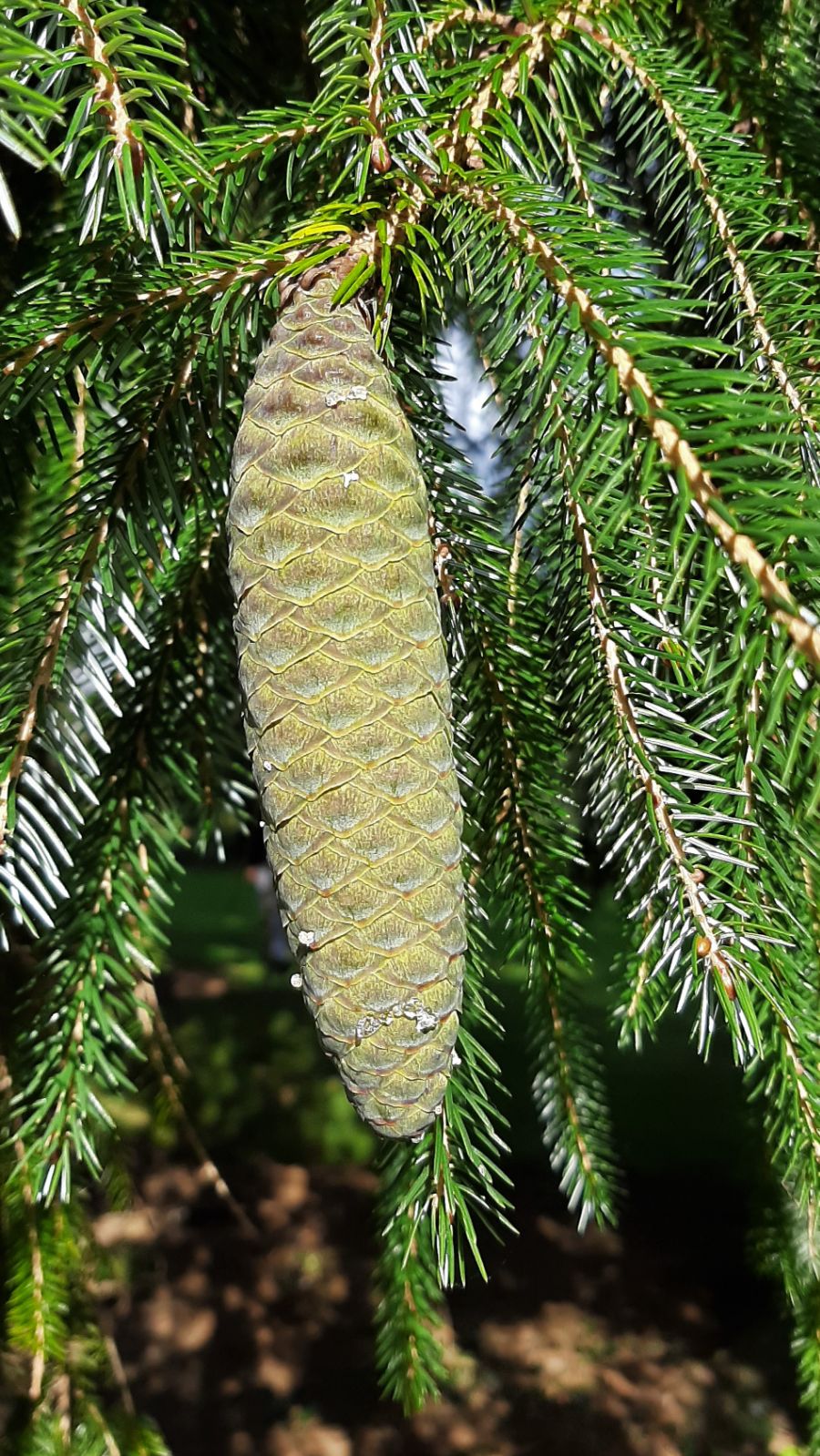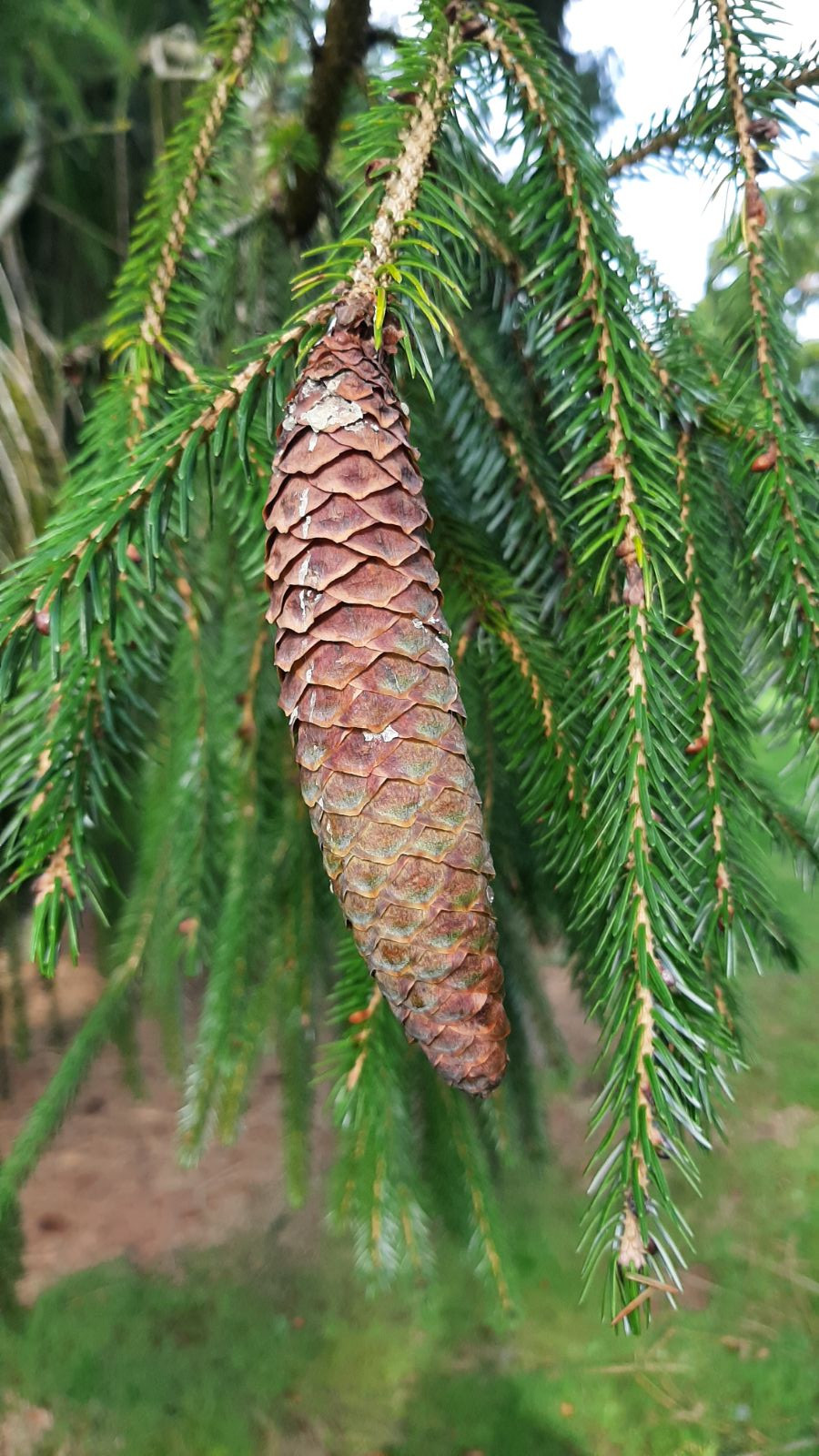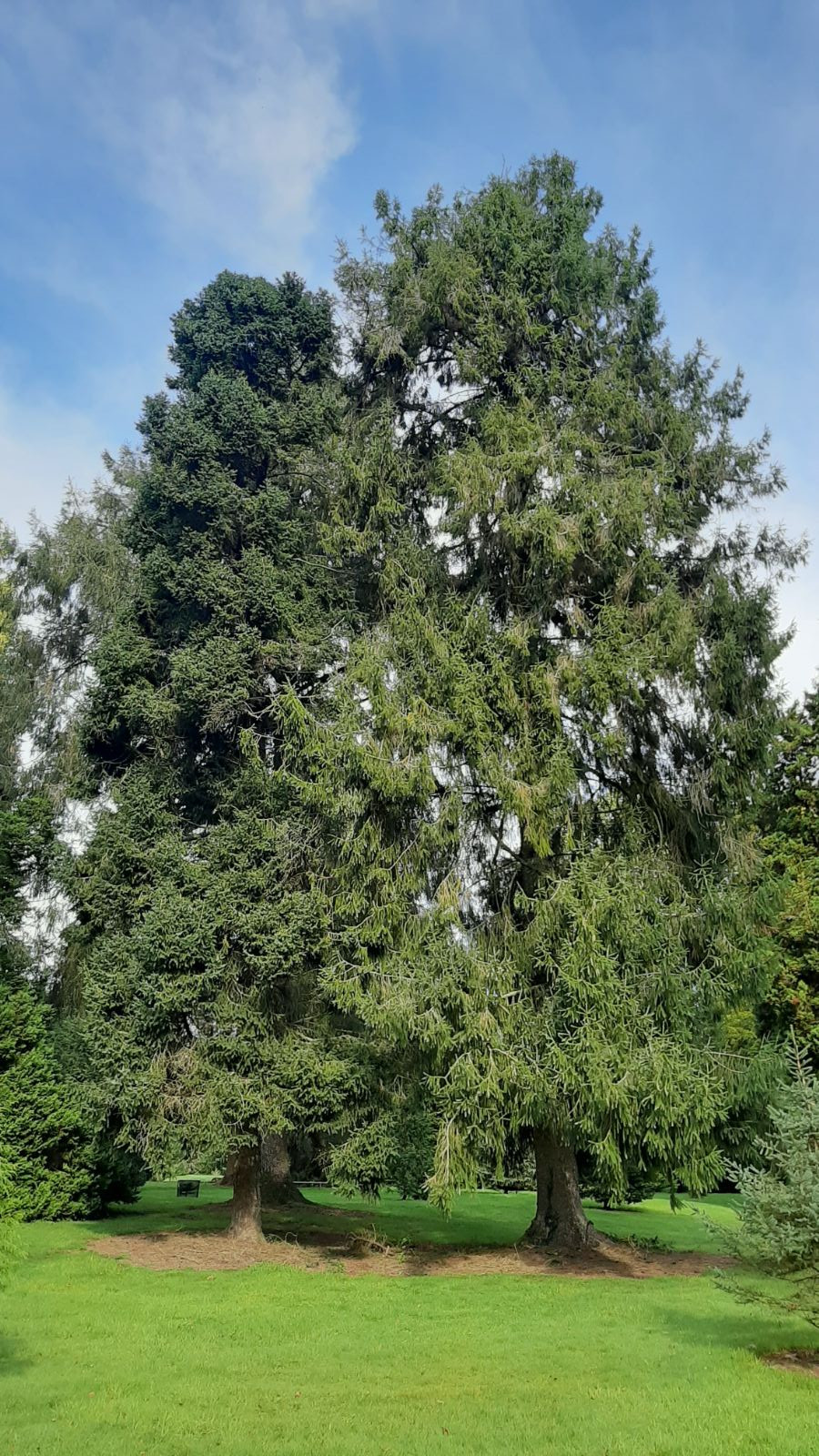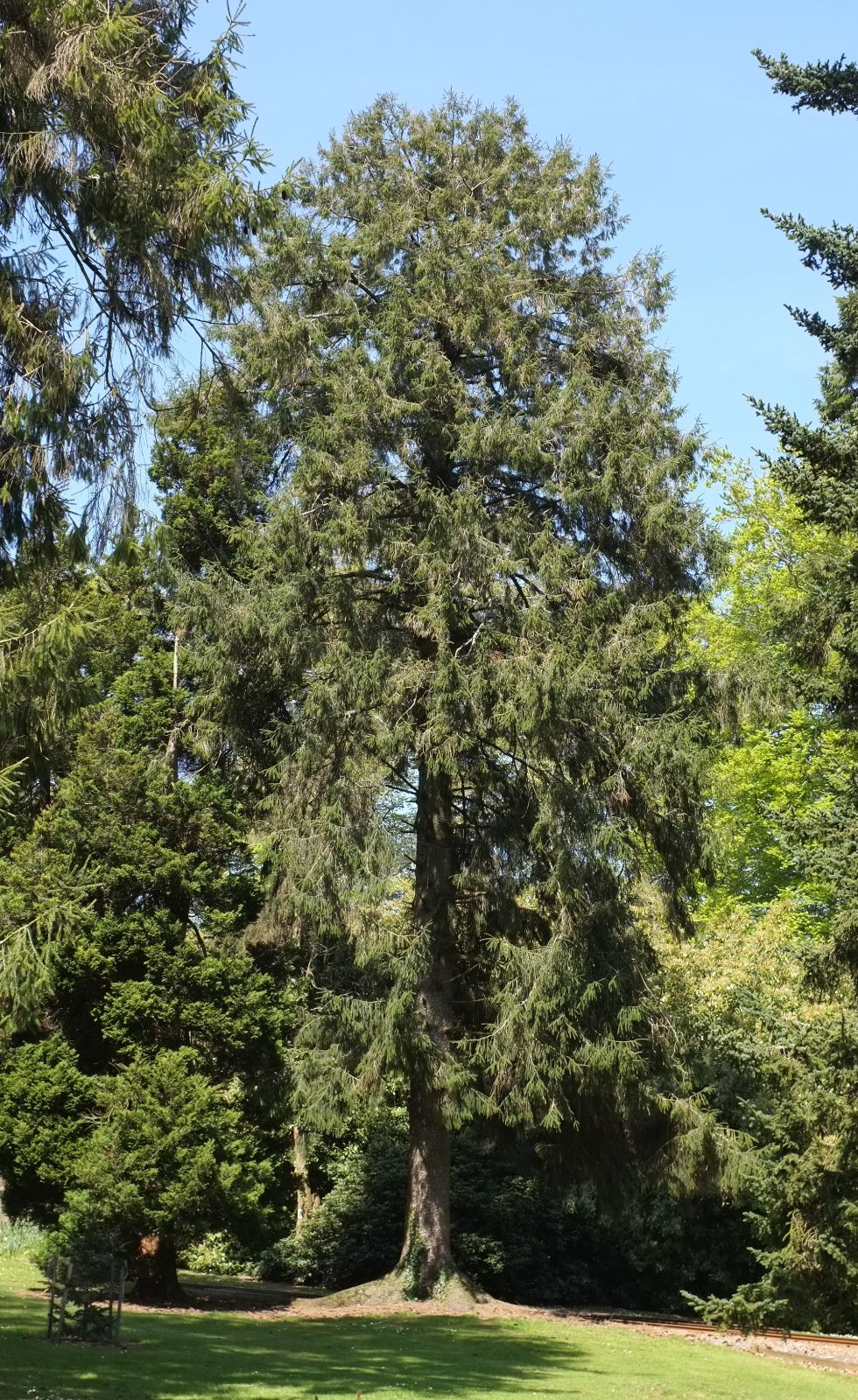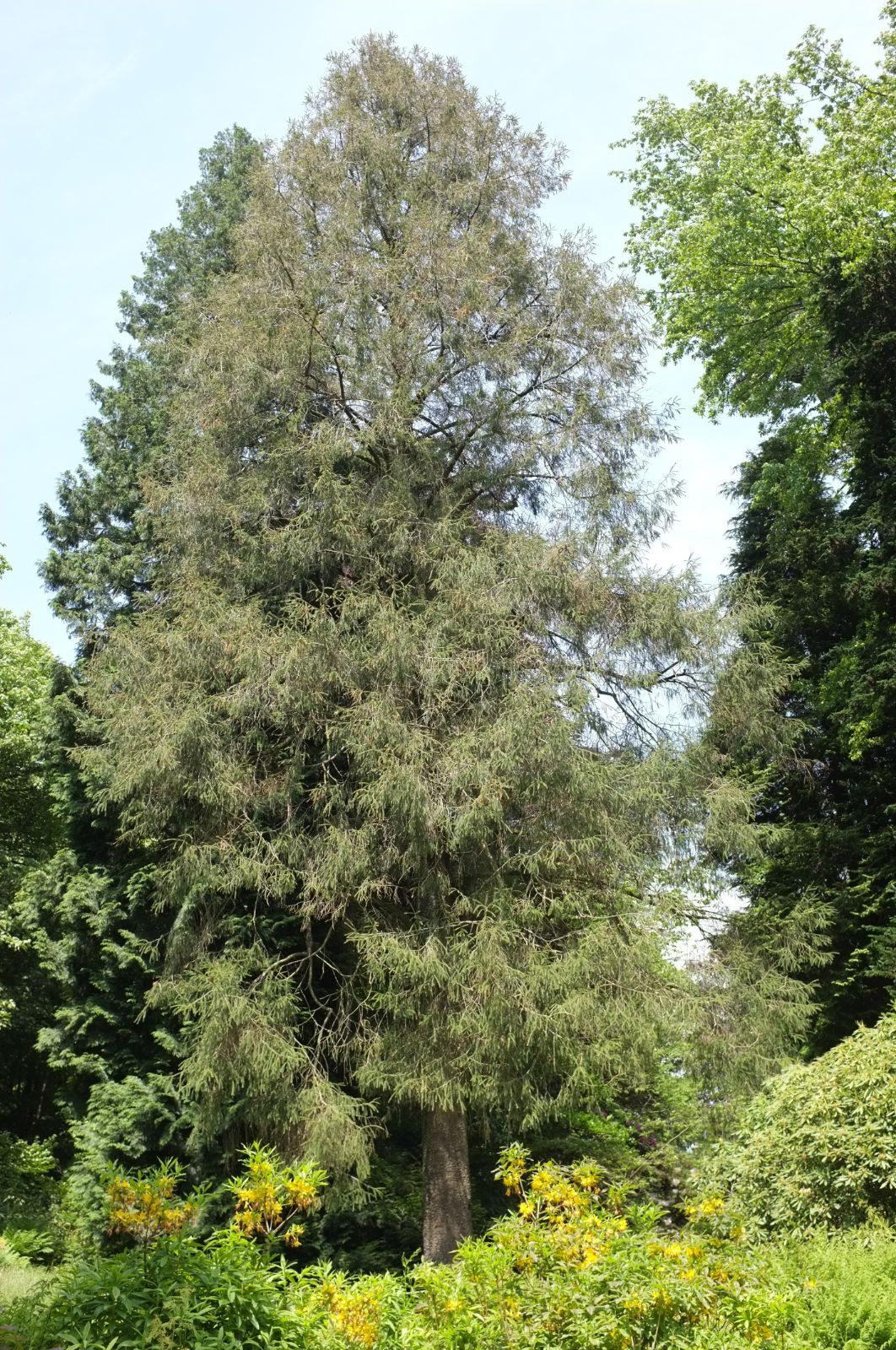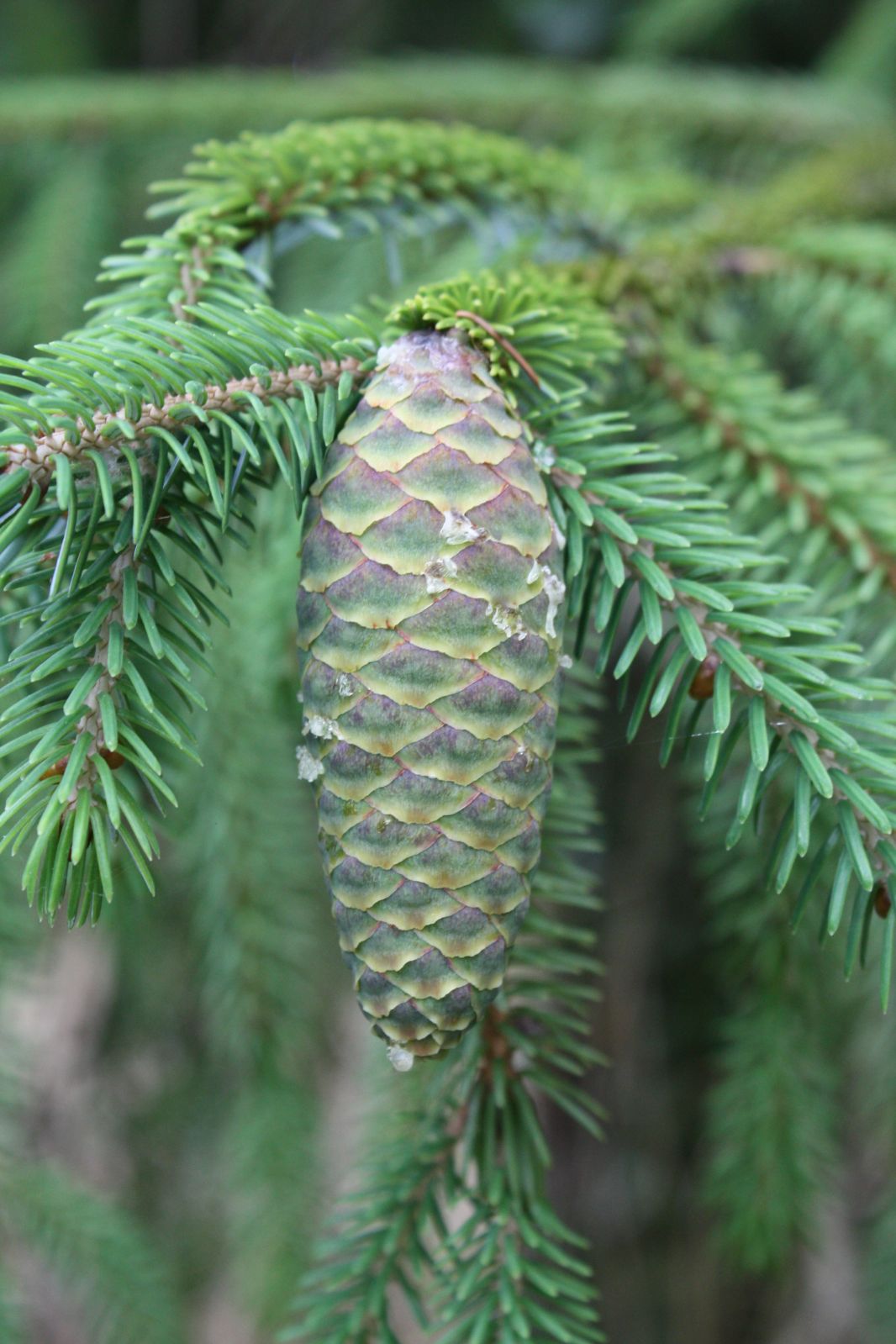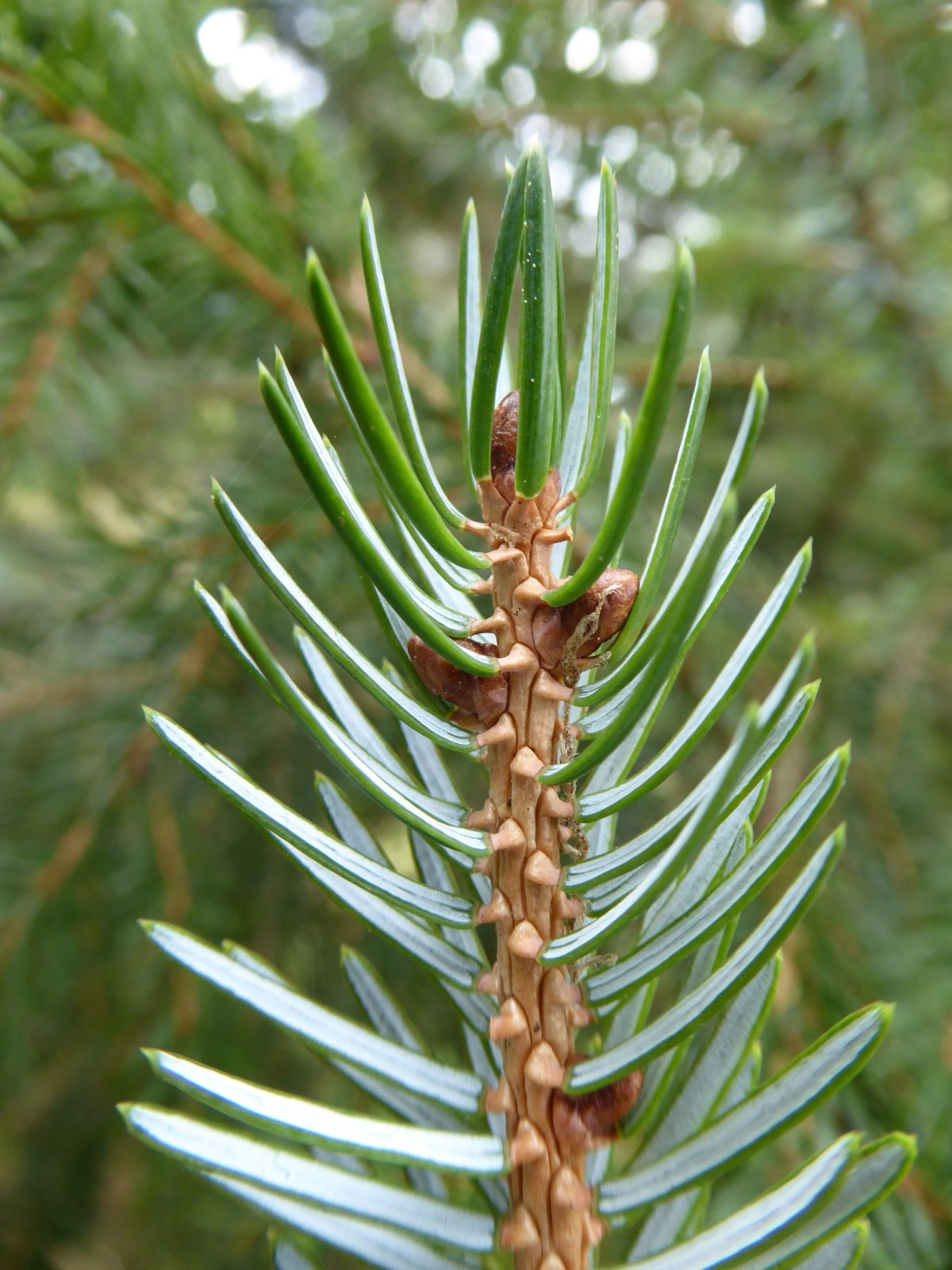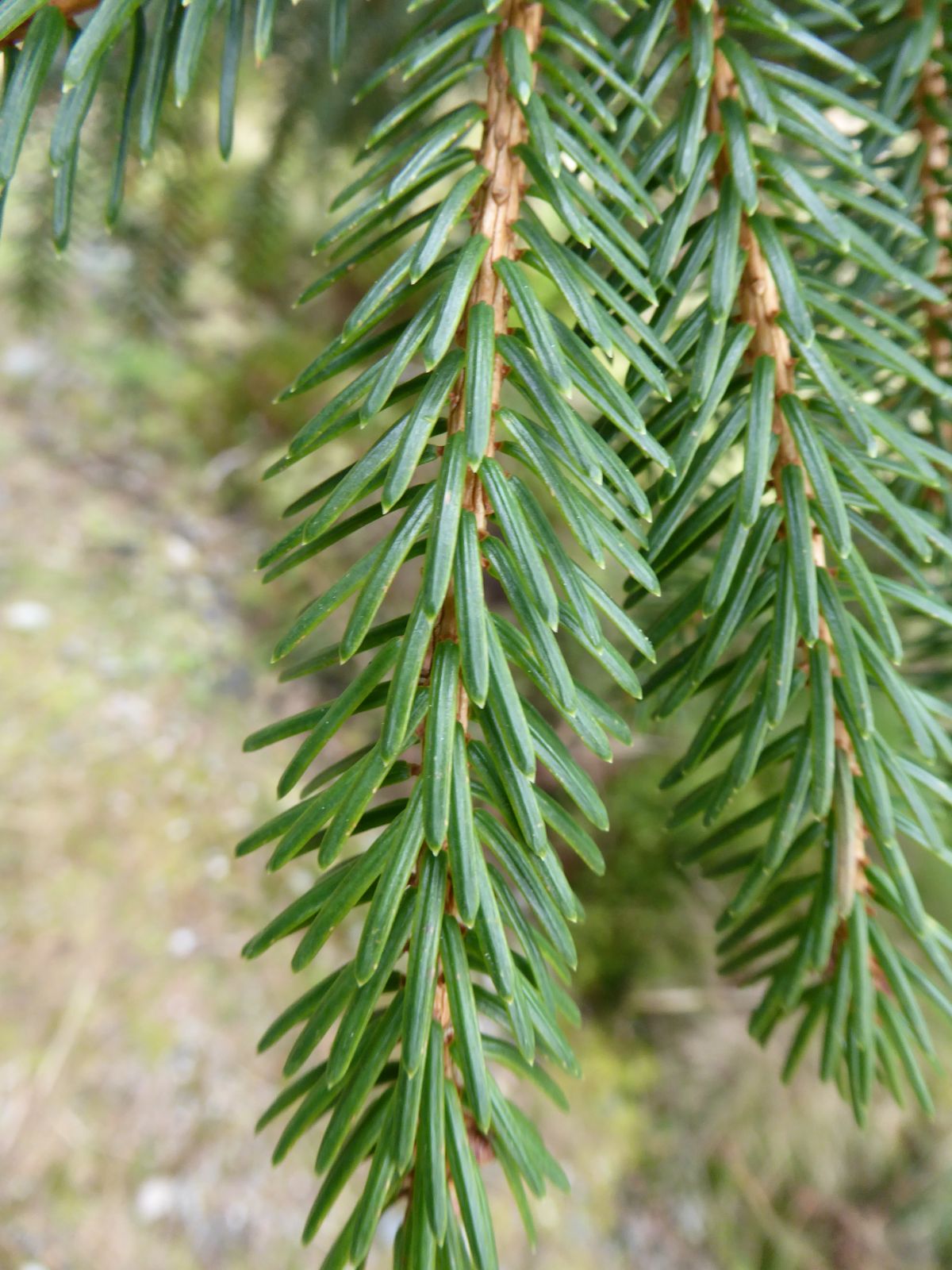Picea brachytyla
Sponsor
Kindly sponsored by
This genus has been sponsored and new text is being prepared.
Credits
Article from Bean's Trees and Shrubs Hardy in the British Isles
Recommended citation
'Picea brachytyla' from the website Trees and Shrubs Online (treesandshrubsonline.
Genus
Synonyms
- Abies brachytyla Franch.
- P. ascendens Patschke
- P. pachyclada Patschke
- P. sargentiana Rehd. & Wils.
- P. complanata Mast.
Other taxa in genus
- Picea abies
- Picea alcoquiana
- Picea asperata
- Picea breweriana
- Picea chihuahuana
- Picea crassifolia
- Picea engelmannii
- Picea farreri
- Picea glauca
- Picea glehnii
- Picea jezoensis
- Picea koraiensis
- Picea koyamae
- Picea likiangensis
- Picea linzhiensis
- Picea × lutzii
- Picea mariana
- Picea martinezii
- Picea maximowiczii
- Picea meyeri
- Picea morrisonicola
- Picea obovata
- Picea omorika
- Picea orientalis
- Picea polita
- Picea pungens
- Picea retroflexa
- Picea rubens
- Picea schrenkiana
- Picea sitchensis
- Picea smithiana
- Picea spinulosa
- Picea wilsonii
A tree 40 to 80 ft high with a usually greyish scaly bark, the main branches horizontal, the branchlets more or less pendulous; young shoots glabrous or downy, creamy white or yellowish, becoming pale reddish brown in the second year; buds pale brown, ovoid, resinous, the terminal ones almost concealed on strong shoots by tufts of leaves. Leaves flattened, acute, mostly 1⁄2 to 5⁄8 in. long, those on the upper side of the shoot appressed, the lateral leaves pointing forward and slightly downward, those on the underside directed downward and forward (i.e., not pectinately arranged); the leaves are medium green on the exposed side, darkening in the second year, and the underside is conspicuously white-glaucous, even the midrib being usually covered with a pruinose bloom. Cones 21⁄2 to 5 in. long, 1 to 13⁄4 in. wide, tapering towards both ends but more abruptly towards the base; cone-scales dull brown, the exposed part broadly rounded (f. latisquamea Stapf) or tapered to a broadly triangular, wavy apex. (f. rhombisquamea Stapf). Bot. Mag., t. 8969.
Native of Central and W. China; described from specimens collected by the French missionaries Delavay and Farges; introduced by Wilson in 1901. It is a variable species, as may be judged from the synonyms cited above, and it is now regarded as including the whole of the flat-leaved spruces of Central and Western China. Wilson’s first sending was from W. Hupeh (W.1282), but he sent seeds again on later expeditions. W.1530, from W. Szechwan, was collected during his second expedition for Veitch and distributed as P. complanata. The plants originally grown as P. ascendens and P. sargentiana are from seeds collected in W. Szechwan during his second expedition for the Arnold Arboretum in 1910.
P. brachytyla is one of the most ornamental of the spruces, with leaves of an unusually cheerful shade of green, contrasting with the vividly glaucous undersurface. It grows well and, coming into growth late, does not suffer damage from spring frosts. Some of the largest specimens are: Warnham Court, Sussex, 63 × 51⁄2 ft (1971); Wakehurst Place, Sussex, pl. 1914, 72 × 73⁄4 ft (1973); Westonbirt, Glos., in Morley Ride, pl. 1933, 82 × 53⁄4 ft (1973); Hergest Croft, Heref., pl. 1912, 79 × 61⁄4 ft (1969); Stourhead, Wilts, 84 × 51⁄2 ft (1970); Bicton, Devon, pl. 1920, 73 × 51⁄4 ft and 72 ft × 51⁄4 ft (1968).
From the Supplement (Vol. V)
specimens: Wakehurst Place, Sussex, pl. 1914, 85 × 81⁄4 ft (1984); Warnham Court, Sussex, 62 × 43⁄4 ft (1979); Leonardslee, Sussex, Pinetum, 80 × 51⁄4 ft (1984); Linton Park, Kent, pl. 1932, 66 × 51⁄4 ft (1984); Westonbirt, Glos., Morley Drive, 92 × 61⁄2 ft (1980); Stourhead, Wilts., 105 × 63⁄4 ft (1984); Bicton, Devon, pl. 1920, 85 × 6 ft and 78 × 63⁄4 ft (1983); Hergest Croft, Heref., 79 × 61⁄4 ft (1969).

